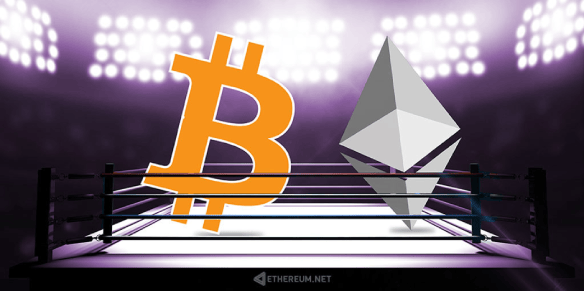I want to keep this blog very simple so that people who do not know the concept of blockchain can understand it. Target audience – anyone who can read English. What is a Blockchain? In very simple terms blockchain is a chain of blocks where a block means data. A more sophisticated definition was given by Don & Alex Tapscott, authors Blockchain Revolution (2016): "Blockchain is an ...
I want to keep this blog very simple so that people who do not know the concept of blockchain can understand it. Target audience – anyone who can read English.
What is a Blockchain?
In very simple terms blockchain is a chain of blocks where a block means data. A more sophisticated definition was given by Don & Alex Tapscott, authors Blockchain Revolution (2016):
"Blockchain is an incorruptible digital ledger of economic transactions that can be programmed to record not just financial transactions but virtually everything of value."
Most of you might think, there we go again, why another technology, what is the need, why one more data structure and new programming language?
I am sure most of you must have watched movie “Anon” where detectives are able to pass on their visual records using the chip in their body. Now imagine this being done using a central server where all the visuals are stored, and one needs to share a copy. Then easy piece for the detective would be to take control of the server and look at all the visuals which means if detective or the murderer gets control of a central server everything can be destroyed. Now imagine it in a Blockchain world where there is no central server. Every node, which is a part of the blockchain, stores the blockchain and every transaction is authenticated at each node, thus checking the hacking problem because it is almost impossible hack all the nodes within a blockchain.
Another major reason, it does not require central authority for authorisation, works on a full democracy (by the people) philosophy. Authority lies with two concerned parties and no middle man has a say. Downside however as of now is slowness, as this massive reconciliation takes time.
When we read about blockchain it is obvious that we think about cryptocurrencies, we cannot discuss about all of them, so let’s pick two famous ones BITCOIN and ETHEREUM

Though both run on blockchain technology, reason behind creating them differs. Bitcoin is the oldest (born in 2009) and first created cryptocurrency as we all know. The primary purpose was to provide an alternative to regular money with an assurance of lesser transaction fees than traditional online payment mechanisms under a decentralized authority.
Ethereum on the other hand came in 2015 as an open-ended decentralized software platform enabling Smart Contract and Distributed Applications (DApps) to be built and run. It promises that there will be no downtime, fraud, control or interference from a third party. Ethereum is not only a platform but a programming language as well, which means it can be put to many use cases other than simply trading currency. It has added more credibility to itself after Microsoft’s partnership with ConsenSys which offers “Ethereum Blockchain as a Service” (EBaaS) on Microsoft Azure so Enterprise clients and developers can have a single click cloud-based blockchain developer environment.”
In a nutshell, Ethereum is an advancement based on the principle of blockchain that supports bitcoin but with a purpose that does not compete with Bitcoin. However, the popularity and rising market capitalization of Ether brings it in competition with all cryptocurrencies, especially from the trading perspective. Currently, the market cap of Ether (ETH) is more than Ripple and Litecoin, although it’s far behind Bitcoin (BTC). To recapitulate, Bitcoin and Ethereum are different versions using the blockchain technology, and are set to establish themselves, driven by different intentions.
My future blogs will focus on technicalities associated with Blockchain, special emphasis on Ethereum. Explaining some common terms that will be used.
What is a Node?
Computer connected to the blockchain network using a client that performs the task of validating and relaying transactions) gets a copy of the blockchain, which gets downloaded automatically upon joining the blockchain network.
What is an Ethereum Gas?
Gas is a unit that measures the amount of computational effort that it will take to execute certain operations. Gas is what is used to calculate the amount of fees that need to be paid to the network to execute an operation.
What is a smart contract?
Smart contracts are automated contracts. They are self-executing with specific instructions written in its code which get executed when certain conditions are made. Smart contracts are a series of instructions, written using the programming language.
What is Ethereum Virtual machine?
The EVM is the virtual machine in which all the smart contracts function in Ethereum. It is a simple yet powerful Turing Complete 256-bit virtual machine. Turing Complete means that given the resources and memory, any program executed in the EVM can solve any problem. Blockchain is Transparent and Incorruptible network
Originators say blockchain is incorruptible, self-sustaining and self-auditing system. I’m sure there are some who are developing things to challenge, hack and corrupt it, however our focus will be on the productive side of things.
My next blog will take upon some of the use cases which hopefully will showcase utility of Blockchain. Until then keep block-chaining your ideas, thoughts, comments on this. I will try to keep up and answer all your queries.
For more Information: To understand “how to”, reach out to us at info@octanesolutions.com.au for further assistance.
Get a free one-hour consultation on us.
Octane Software Solutions Pty Ltd is an IBM Registered Business Partner specialising in Corporate Performance Management and Business Intelligence. We provide our clients advice on best practices and help scale up applications to optimise their return on investment. Our key services include Consulting, Delivery, Support and Training.
Octane has its head office in Sydney, Australia as well as offices in Canberra, Bangalore, Gurgaon, Mumbai, and Hyderabad.
To know more about us visit, OctaneSoftwareSolutions.
we go the extra mile so you can go the distance|
Got a question? Shoot!
Lorem ipsum dolor sit amet, consectetur adipiscing elit, sed do eiusmod tempor incididunt ut labore et dolore magna aliqua.


.png?width=673&height=371&name=IBM_Gold-removebg-preview%20(1).png)
Leave a comment